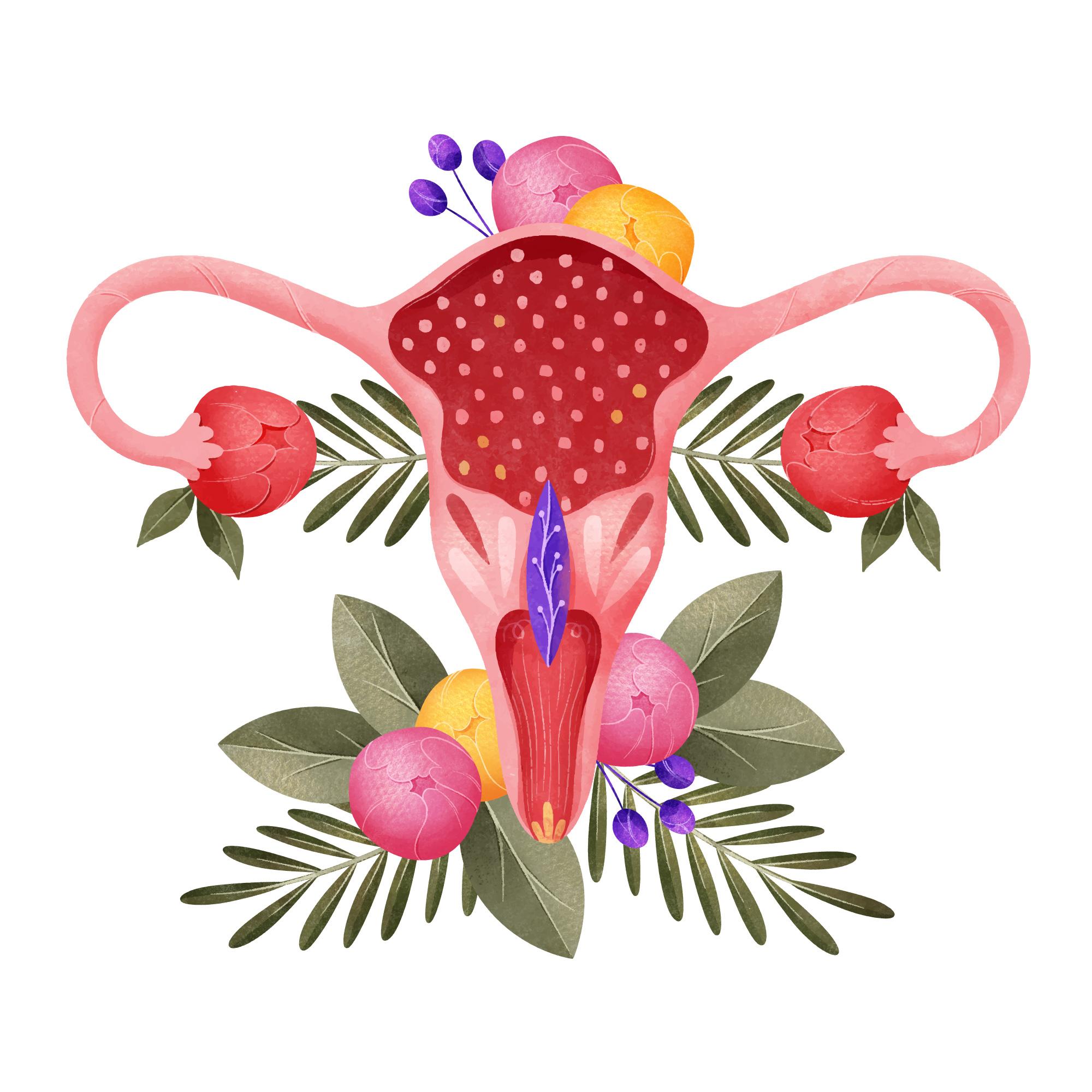The female reproductive system is a complex yet fascinating structure responsible for some of the most incredible biological processes, from menstruation to pregnancy. Let’s take a fun and engaging journey into understanding how it all works!
The Key Players
The female reproductive system is made up of several important organs, each with a unique role to play:
- Ovaries – The dynamic duo responsible for producing eggs (ova) and hormones like estrogen and progesterone.
- Fallopian Tubes – The highways that transport eggs from the ovaries to the uterus, where fertilization can occur.
- Uterus – The cozy, muscular home where a baby can grow if fertilization happens.
- Cervix – The gateway between the uterus and the vagina, playing a crucial role in pregnancy and childbirth.
- Vagina – The multi-functional canal involved in menstruation, childbirth, and intercourse.
The Menstrual Cycle: Your Monthly Symphony
The menstrual cycle is the body’s way of preparing for a potential pregnancy. It typically lasts around 28 days and includes four key phases:
- Menstrual Phase – The uterus sheds its lining (hello, period!).
- Follicular Phase – The ovaries get busy preparing an egg for release.
- Ovulation Phase – A mature egg makes its grand exit from the ovary.
- Luteal Phase – The body prepares for pregnancy, or if no fertilization happens, the cycle restarts.
Hormones: The Unsung Heroes
Hormones like estrogen, progesterone, luteinizing hormone (LH), and follicle-stimulating hormone (FSH) orchestrate the menstrual cycle and reproductive functions. They regulate everything from mood swings to ovulation, making them the ultimate backstage crew of the reproductive system.
Common Reproductive Health Concerns
Understanding the reproductive system also means being aware of common health issues, such as:
- Polycystic Ovary Syndrome (PCOS) – A condition affecting hormone levels, ovulation, and overall reproductive health.
- Endometriosis – A painful disorder where tissue similar to the uterine lining grows outside the uterus.
- Fibroids – Non-cancerous growths in the uterus that may cause discomfort and heavy periods.
- Infections & STIs – Regular check-ups can help prevent complications from sexually transmitted infections.
Taking Care of Your Reproductive Health
Your reproductive system deserves some TLC! Here are some ways to keep it in top shape:
- Eat a balanced diet rich in vitamins and minerals to support hormone balance.
- Stay active to improve circulation and reduce stress.
- Regular check-ups with a gynecologist to catch any issues early.
- Practice safe sex to protect against infections.
- Listen to your body – if something feels off, don’t hesitate to seek medical advice.
Final Thoughts
The female reproductive system is a powerhouse of biological wonders, and understanding it can help you make informed choices about your health. Whether you’re managing menstrual cycles, planning for pregnancy, or simply staying informed, taking charge of your reproductive health is empowering!
For expert guidance, consultations, and reproductive health products, visit House of Gynaecologists– your trusted source for women’s health and wellness.

